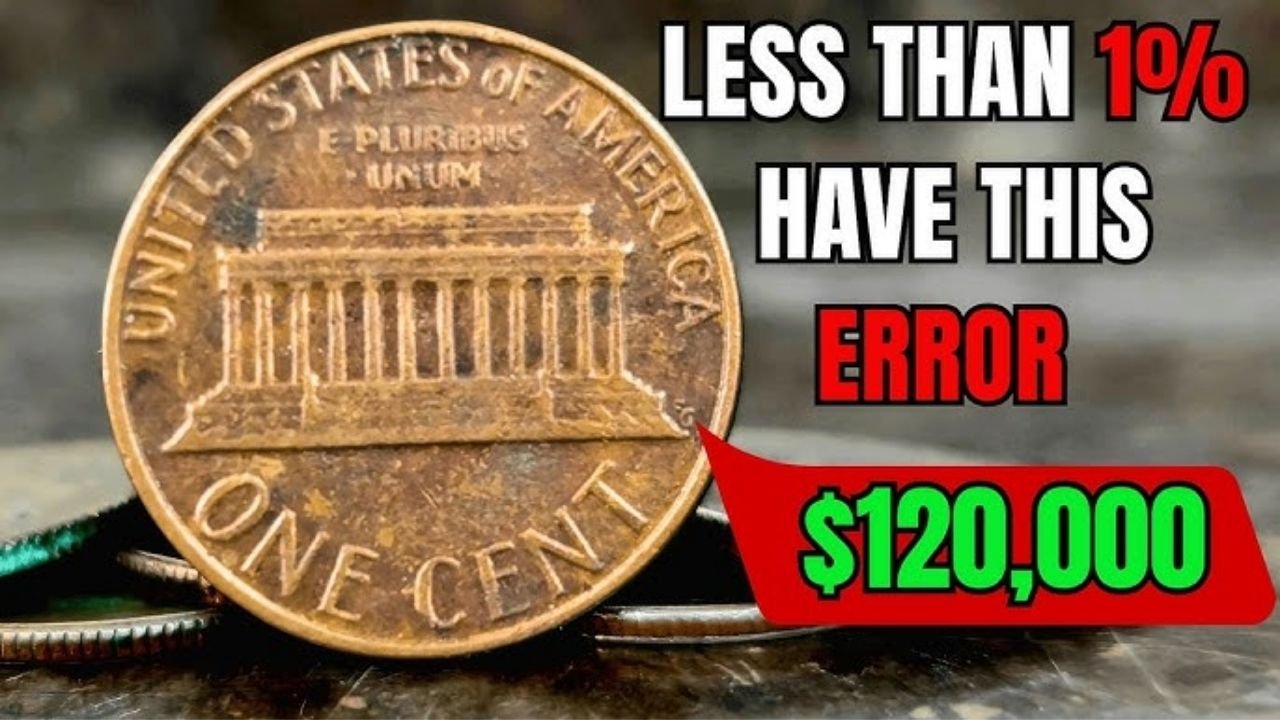What if a penny in your pocket was worth more than a brand-new car? Believe it or not, some Lincoln Wheat Pennies — coins most people dismiss as ordinary — have sold for over $120,000. Even more exciting, a few of these rare pennies are still out there, waiting to be discovered in everyday change.
What Is the Lincoln Wheat Penny?
The Lincoln Wheat Penny was minted from 1909 to 1958. It features President Abraham Lincoln on the front and two wheat stalks on the back. While most are worth just a few cents, certain dates and minting errors can turn this humble coin into a collector’s dream.
The star example is the 1943 copper Wheat Penny, one of the rarest coins in U.S. history, with auction sales exceeding six figures.
The History Behind the Wheat Penny
- First issued in 1909 to honor Lincoln’s 100th birthday.
- Designed by Victor David Brenner.
- Replaced the Indian Head penny.
- During World War II, copper was reserved for military use, so pennies were made from steel in 1943.
- A few copper blanks accidentally slipped through, creating the legendary 1943 copper Wheat Penny.
Key Rare Lincoln Wheat Penny Varieties
| Year / Variety | Estimated Value Range | Rarity Level |
|---|---|---|
| 1909-S VDB | $700 – $2,500 | Rare |
| 1914-D | $200 – $2,000 | Rare |
| 1922 No D | $500 – $3,000 | Very Rare |
| 1943 Copper | $100,000 – $120,000+ | Extremely Rare |
| 1955 Double Die | $1,000 – $15,000 | Rare & Popular |
Why the 1943 Copper Penny Is Worth $120,000
The 1943 copper penny is so valuable because it was never supposed to exist. All pennies that year were struck in steel coated with zinc. Only a handful of copper ones were produced by mistake, making them incredibly scarce. With fewer than 40 confirmed, they are considered a holy grail of coin collecting.
How to Check If You Have One
Finding one is rare — but not impossible. Here’s how to test your penny:
- Check the date: Look for 1943.
- Magnet test: Steel pennies stick to a magnet. A real copper penny does not.
- Weight: Copper pennies weigh 3.11 g, while steel ones weigh only 2.7 g.
- Color: Copper has a reddish-brown tone, while steel looks gray or silver.
Quick Authentication Guide
| Feature | Copper Penny | Steel Penny (Common) |
|---|---|---|
| Magnet | Non-magnetic | Magnetic |
| Weight | 3.11 g | 2.70 g |
| Color | Reddish Brown | Gray/Silver |
Expert Tips for Collectors
- Don’t clean your coins — it lowers their value.
- Get coins graded by PCGS or NGC for authentication.
- Check coin rolls, estate sales, and old collections for overlooked treasures.
- Store coins safely in holders to preserve condition.
FAQs
Q: Can I still find a Lincoln Wheat Penny in circulation?
A: Yes, common ones are still found, but rare varieties like the 1943 copper are extremely scarce.
Q: Why is the 1943 copper penny so valuable?
A: It’s an accidental mint error, making it one of the rarest U.S. coins ever.
Q: How much is an average Wheat Penny worth?
A: Most are worth 3–10 cents, though key dates can be worth thousands.
Q: How do I know if my penny is rare?
A: Look at the date, mint mark, and test with a magnet or scale.
Q: Where can I sell a rare Wheat Penny?
A: Trusted coin dealers, auctions, or certified platforms like Heritage Auctions.
Conclusion: A Penny Worth a Fortune
The Lincoln Wheat Penny reminds us that everyday change can hide extraordinary value. With examples like the 1943 copper penny selling for over $120,000, it pays to check your pocket change carefully. Who knows? Your next penny might not just be spare change — it could be a historic treasure.



